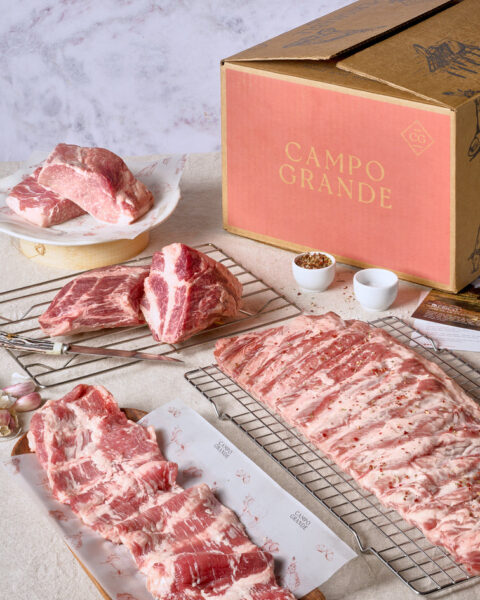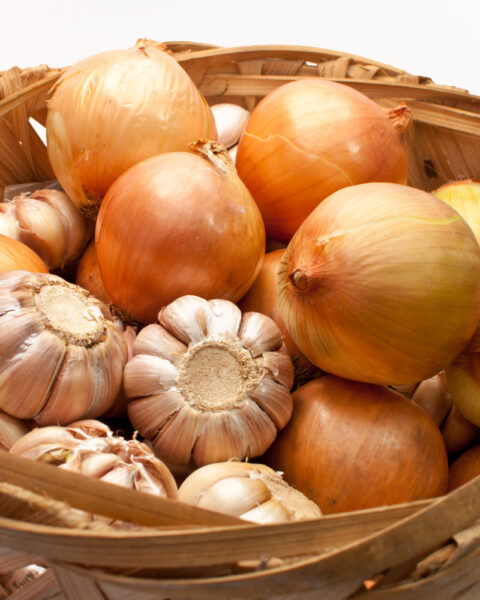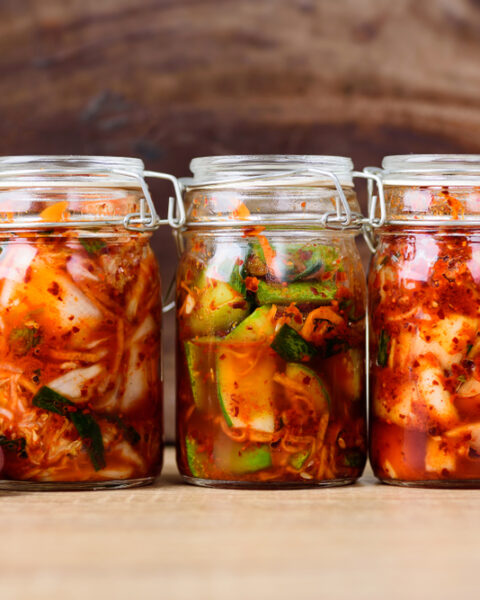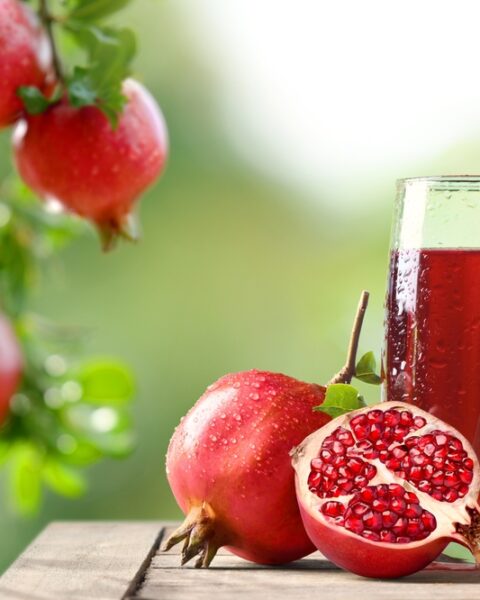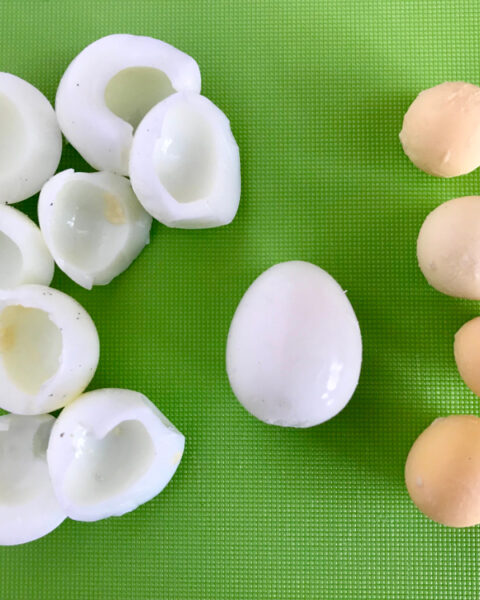Let’s face it, grocery shopping can be a significant expense, and it’s easy to fall into the trap of buying items that seem convenient but aren’t really necessary. By making a few smart changes to your shopping list, you can save a lot of money and even improve your diet and lifestyle. I’ve put together a list of groceries that you can stop buying to save money, along with some great alternatives. These small changes can make a big difference in your monthly budget, and you’ll be surprised at how easy it is to make these swaps.
Contents
- 1 Bagged Salads
- 2 Packaged Fruits and Veggies
- 3 Bottled Water
- 4 Prepared Meals
- 5 Plastic Containers
- 6 Fruit Juice
- 7 Pre-Packaged Snacks
- 8 Canned Soup
- 9 Baked Goods
- 10 Ground Beef
- 11 Spray Cleaners
- 12 Plant Food
- 13 Packaged Popcorn
- 14 Zip-Top Bags
- 15 Paper Towels
- 16 More From RetailShout
- 17 14 Ultimate Food Cities in the United States
- 18 16 Everyday Things Becoming Unaffordable for the Middle Class
Bagged Salads
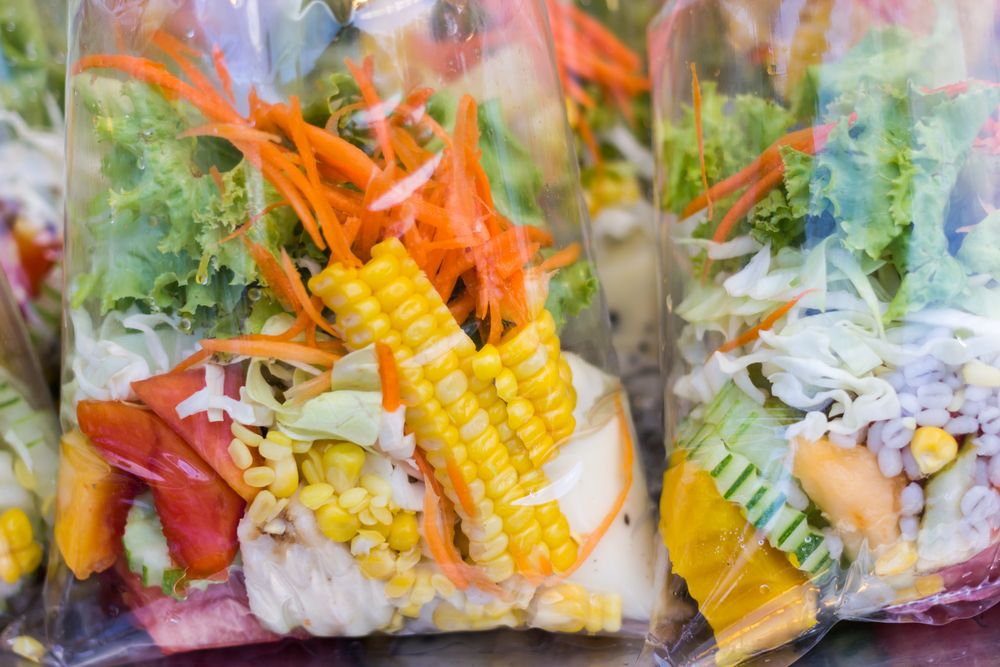
Bagged salads are convenient but come at a premium price. Instead of buying these, purchase whole heads of lettuce and other salad ingredients separately. You can prepare larger quantities at a lower cost, ensuring you get fresher produce. Bagged salads often contain preservatives to extend shelf life, which isn’t ideal. Save money and eat healthier by making your own salad mixes at home.
Packaged Fruits and Veggies
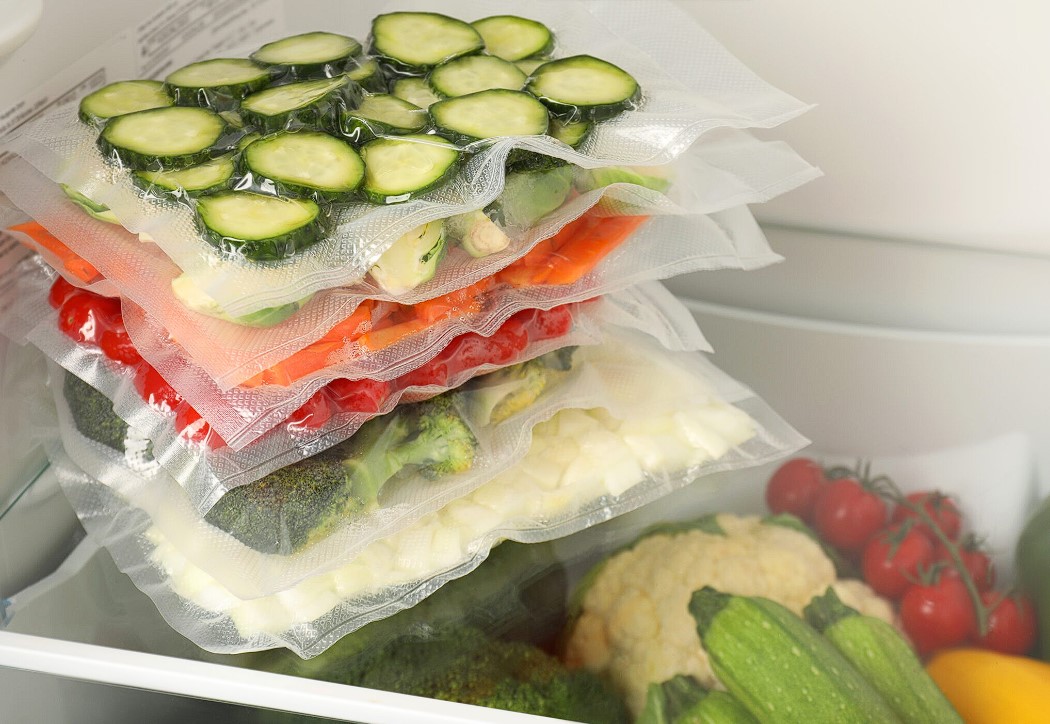
Packaged fruits and vegetables are another costly convenience. They are often marked up significantly compared to whole produce. Buying whole fruits and vegetables and prepping them yourself can save you a considerable amount. Plus, freshly cut produce has a better taste and texture. Invest in reusable containers to store prepped produce and keep it fresh for longer.
Bottled Water

Bottled water is an unnecessary expense when you can use a reusable bottle and fill it from the tap. Tap water in most places is safe to drink, and if you’re concerned about quality, a water filter is a cost-effective solution. By switching to tap water, you not only save money but also reduce plastic waste. Bottled water is also bulky and inconvenient to store. Opt for a reusable bottle to stay hydrated and eco-friendly.
Prepared Meals
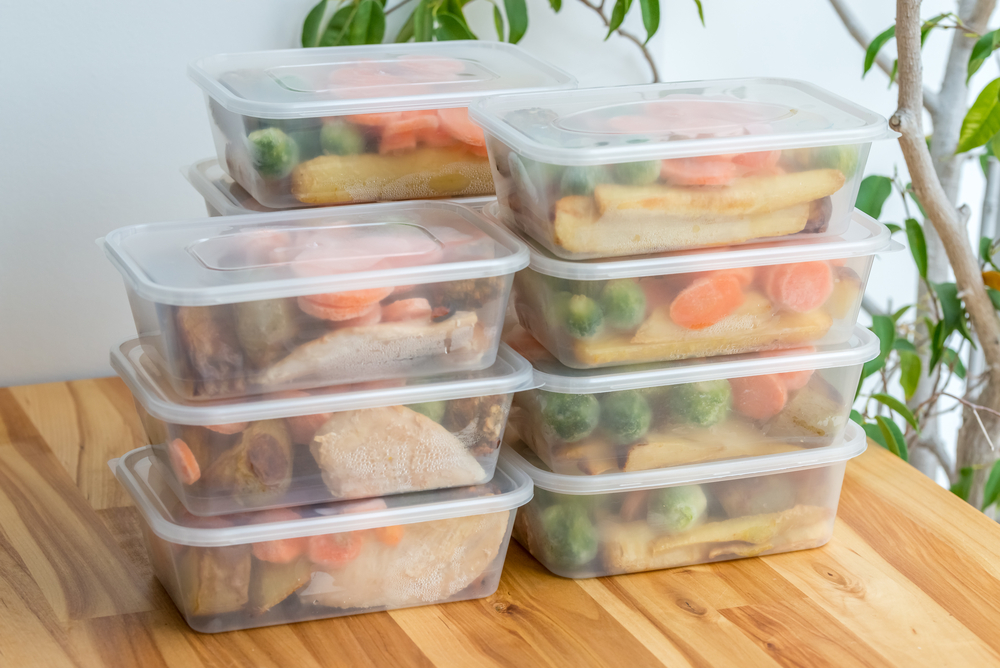
Prepared meals are tempting for their convenience but come at a high price. They often contain preservatives and may not be as nutritious as home-cooked meals. Cooking at home allows you to control ingredients and portions, ensuring healthier meals. You can batch cook and freeze meals for convenience. This approach is not only cost-effective but also promotes healthier eating habits.
Plastic Containers
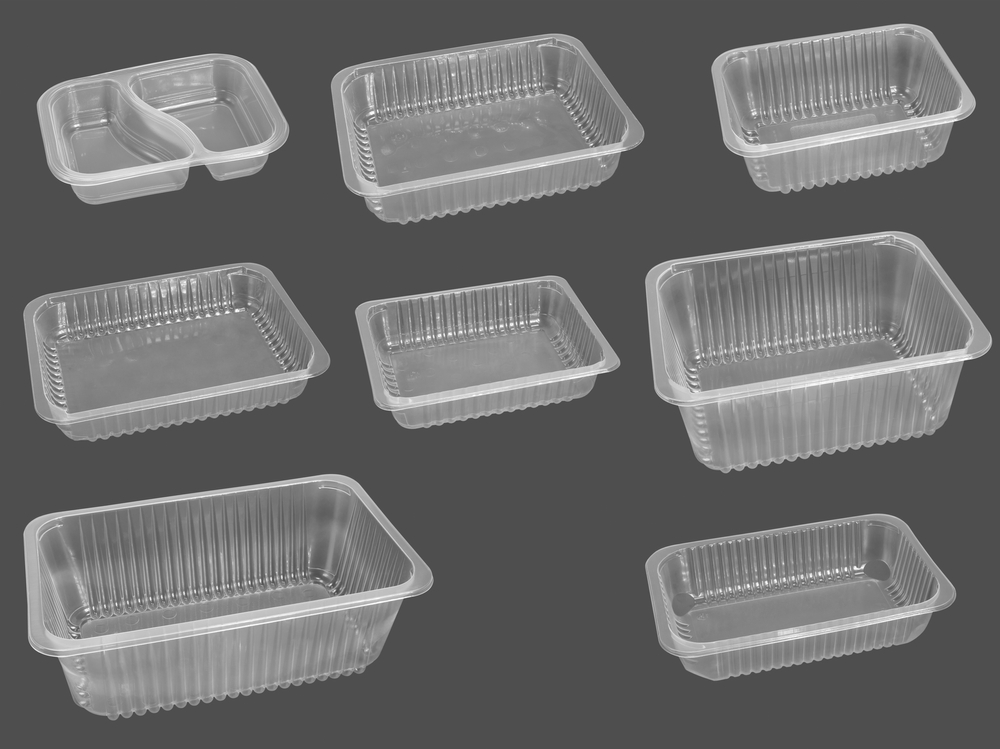
Plastic containers, especially single-use ones, can add up over time. Instead, invest in durable, reusable containers that can be used for years. Glass or stainless steel containers are great alternatives that are also safer for storing food. They are more eco-friendly and help reduce waste. Over time, you’ll save money by not constantly buying disposable containers.
Fruit Juice
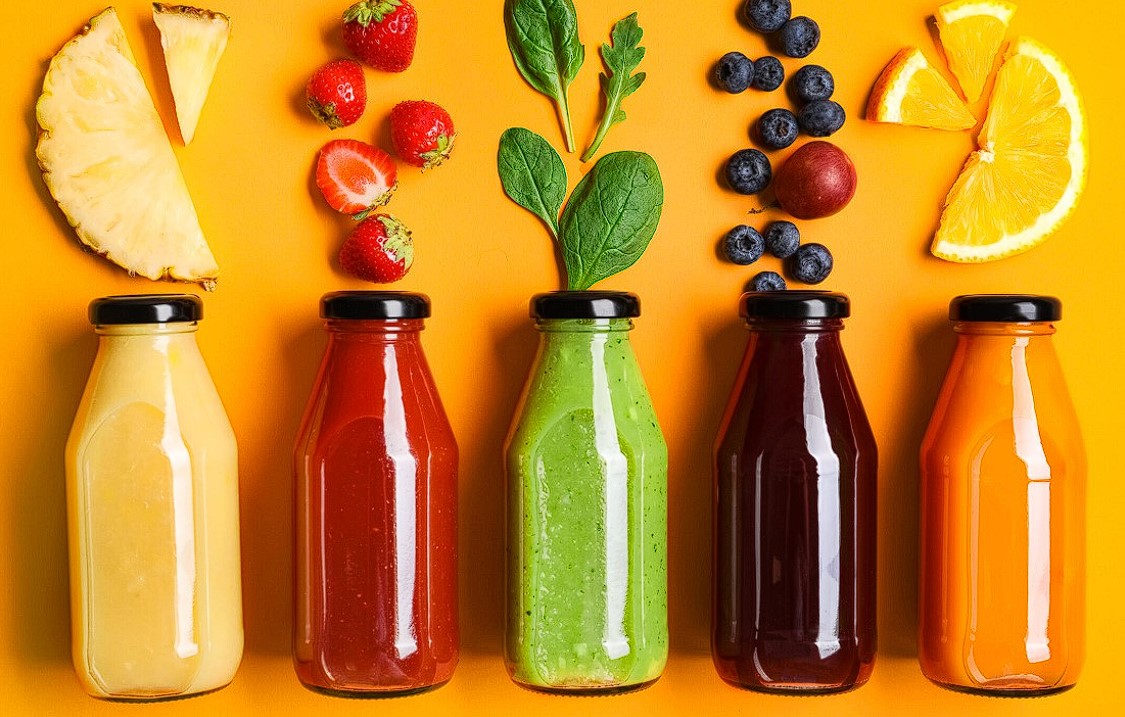
Fruit juice is often perceived as healthy but is typically high in sugar and low in fiber. Whole fruits are a better option as they provide fiber and essential nutrients. Making your own juice at home can be more economical and healthier. Drinking water or infused water can also be a great alternative. You’ll save money and cut down on unnecessary sugar intake.
Pre-Packaged Snacks
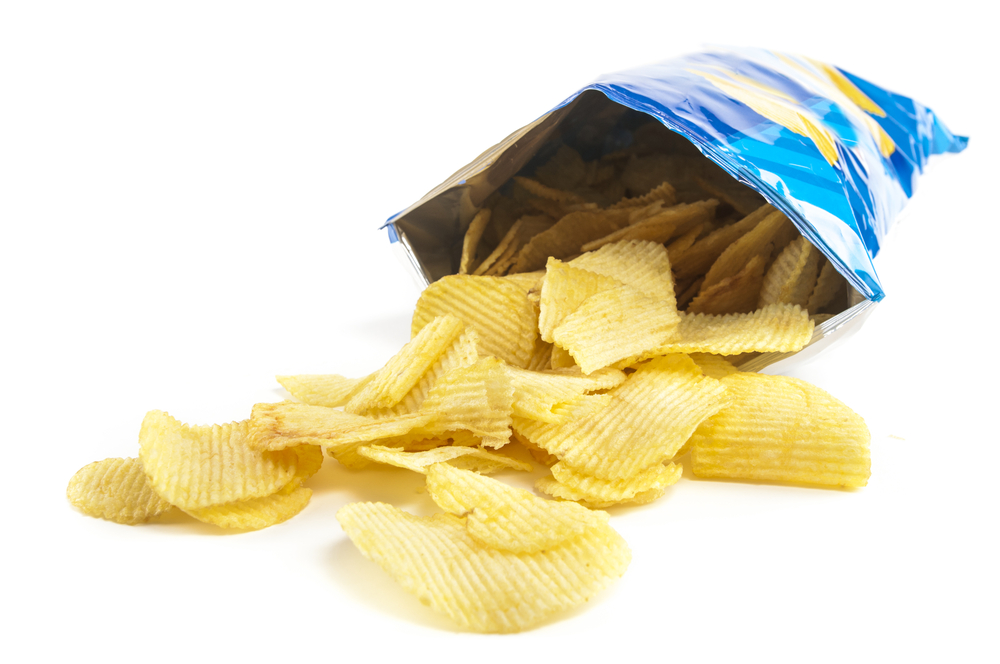
Pre-packaged snacks are convenient but come with a high price tag and often contain unhealthy ingredients. Making your own snacks at home can be much cheaper and healthier. Consider baking your own granola bars or mixing your own trail mix. Fresh fruits, vegetables, and nuts are excellent snack options. This not only saves money but also ensures you’re eating nutritious foods.
Canned Soup
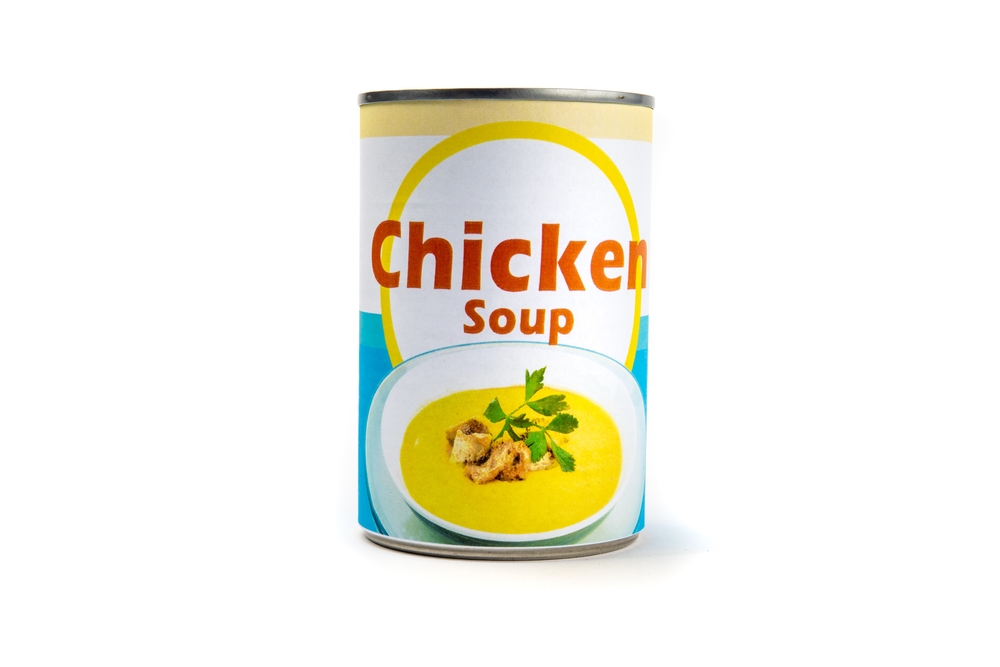
Canned soups are often high in sodium and preservatives. Making soup at home is a more nutritious and cost-effective option. You can make large batches and freeze portions for future meals. Homemade soup allows you to control the ingredients and flavors. This way, you ensure a healthier diet and avoid the cost of canned varieties.
Baked Goods
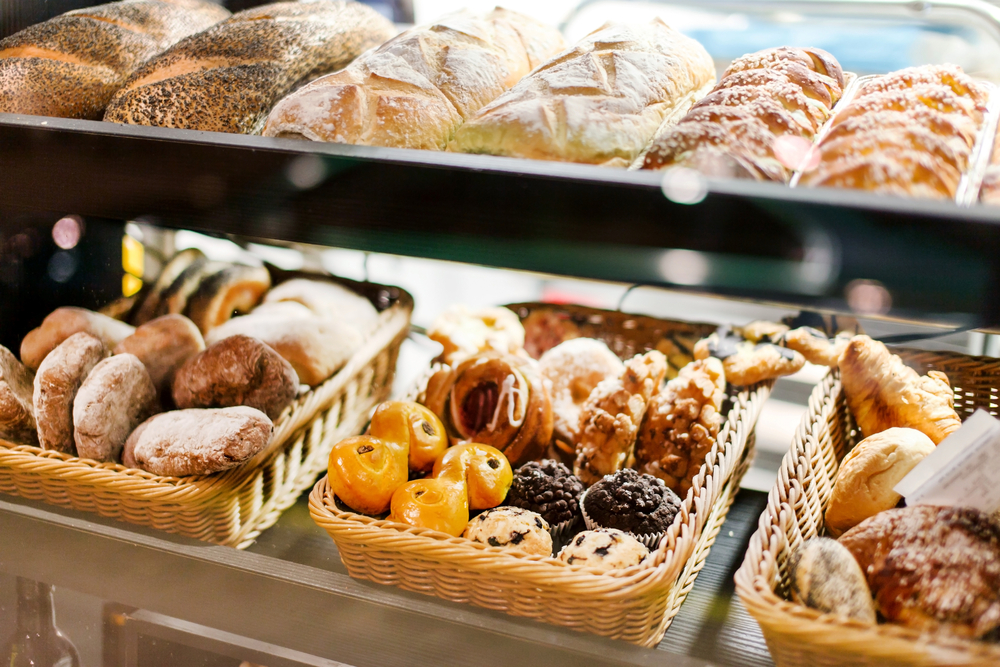
Baked goods like bread, pastries, and cakes from the store are often overpriced and contain preservatives. Baking at home can be a fun and cost-effective alternative. You can control the ingredients, making healthier versions of your favorite treats. Freshly baked goods taste better and are more satisfying. This also allows you to make just the amount you need, reducing waste.
Ground Beef
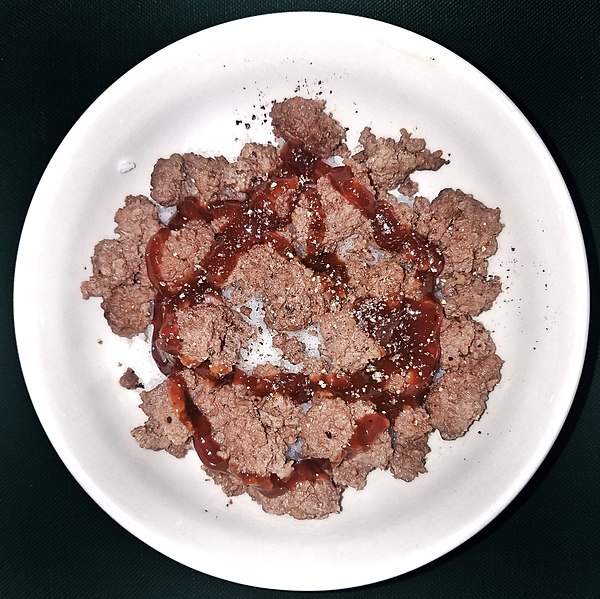
Ground beef can be expensive, especially if you buy it pre-packaged. Consider buying larger cuts of meat and grinding them yourself. This can be more economical and allows you to control the quality of the meat. Alternatively, explore plant-based proteins like beans and lentils, which are cheaper and healthier. Reducing meat consumption can significantly lower your grocery bills.
Spray Cleaners

Spray cleaners are convenient but often costly and full of chemicals. Making your own cleaning solutions at home can save money and be better for your health and the environment. Common household items like vinegar, baking soda, and lemon can be used to clean most surfaces. DIY cleaners are effective and cost a fraction of commercial products. You’ll save money and reduce exposure to harsh chemicals.
Plant Food
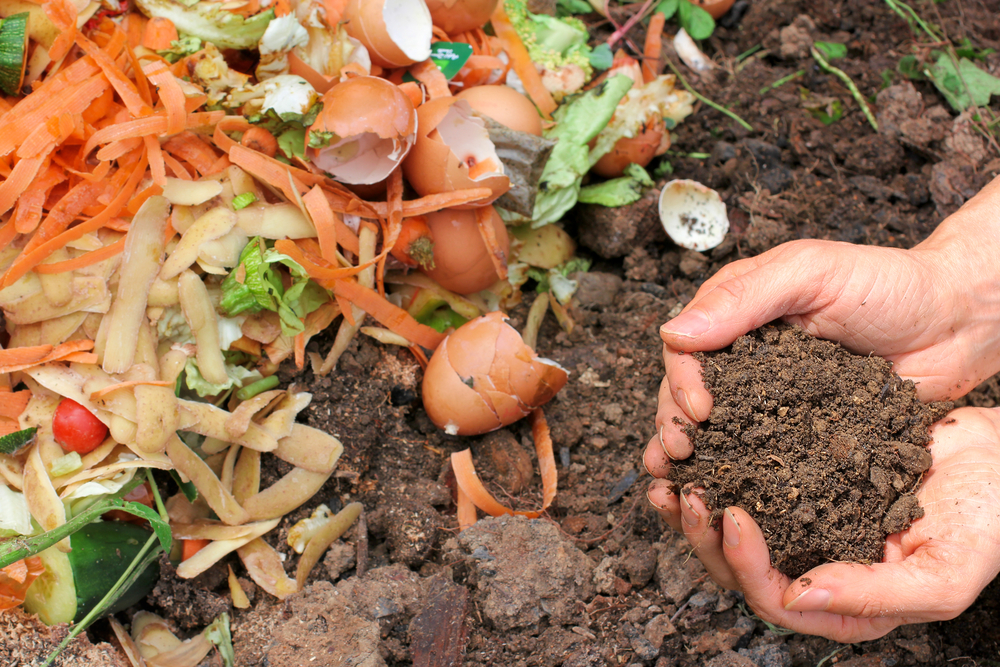
Commercial plant food can be expensive and unnecessary for most home gardeners. Composting kitchen scraps and yard waste creates nutrient-rich soil naturally. This not only saves money but also reduces waste. Homemade compost provides plants with all the nutrients they need. It’s a sustainable way to keep your garden thriving without the cost of store-bought fertilizers.
Packaged Popcorn
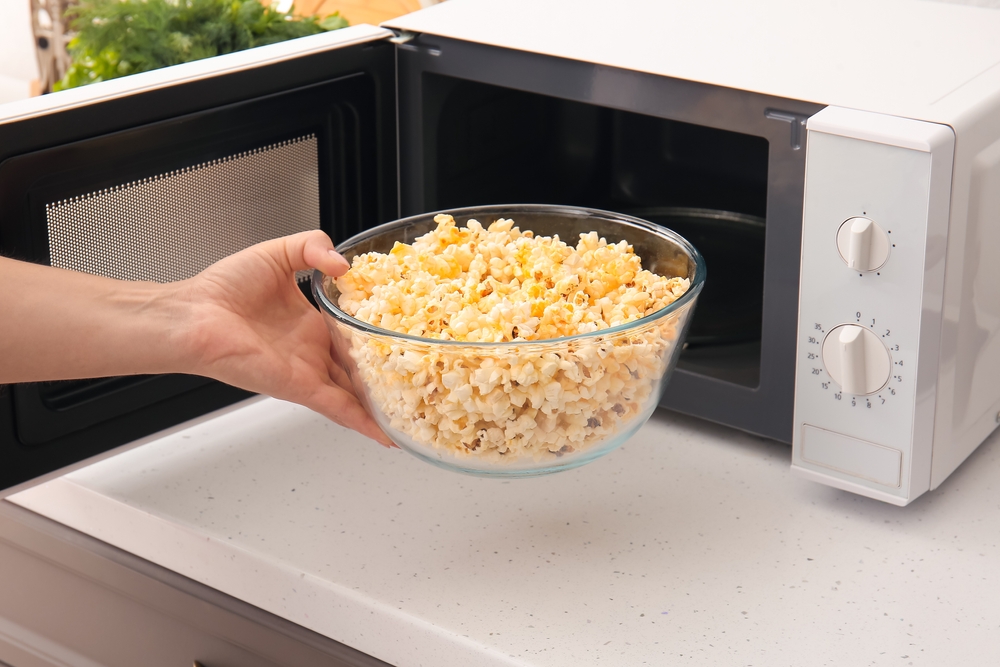
Packaged popcorn, especially microwave varieties, can be costly and contain unhealthy additives. Buying popcorn kernels and popping them at home is much cheaper. You can control the amount of oil and salt, making a healthier snack. Stove-top or air-popped popcorn is easy to make and tastes better. This simple switch can save you money and provide a healthier snack option.
Zip-Top Bags
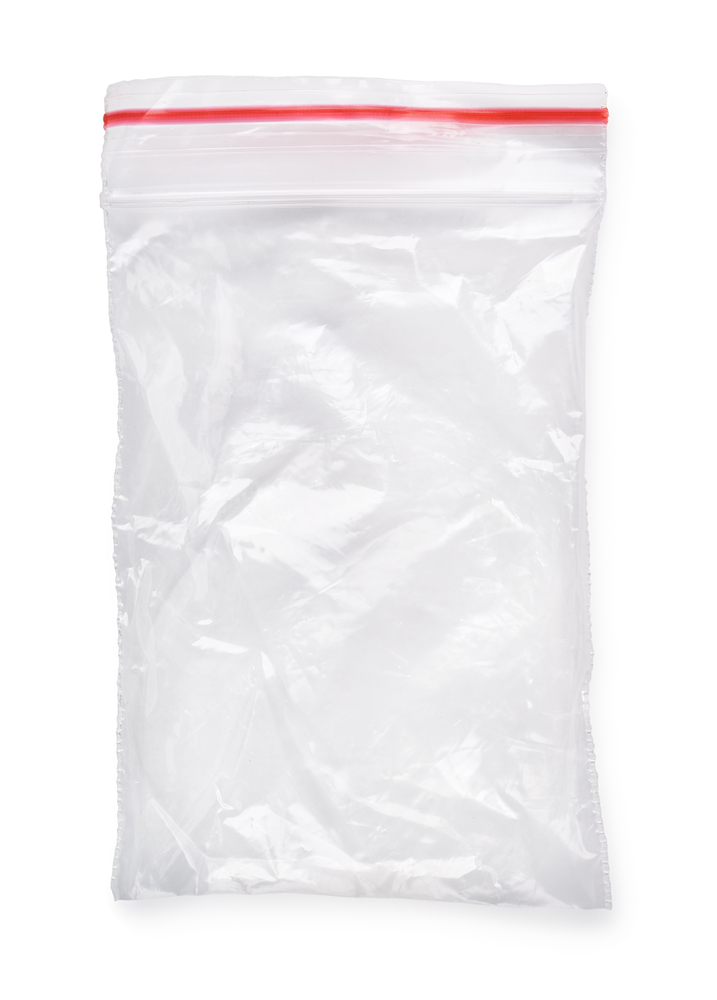
Zip-top bags are convenient but expensive over time and contribute to plastic waste. Reusable silicone bags or containers are a more sustainable alternative. They can be used for years and are dishwasher safe. This reduces both waste and cost in the long run. Opt for reusable options to save money and help the environment.
Paper Towels
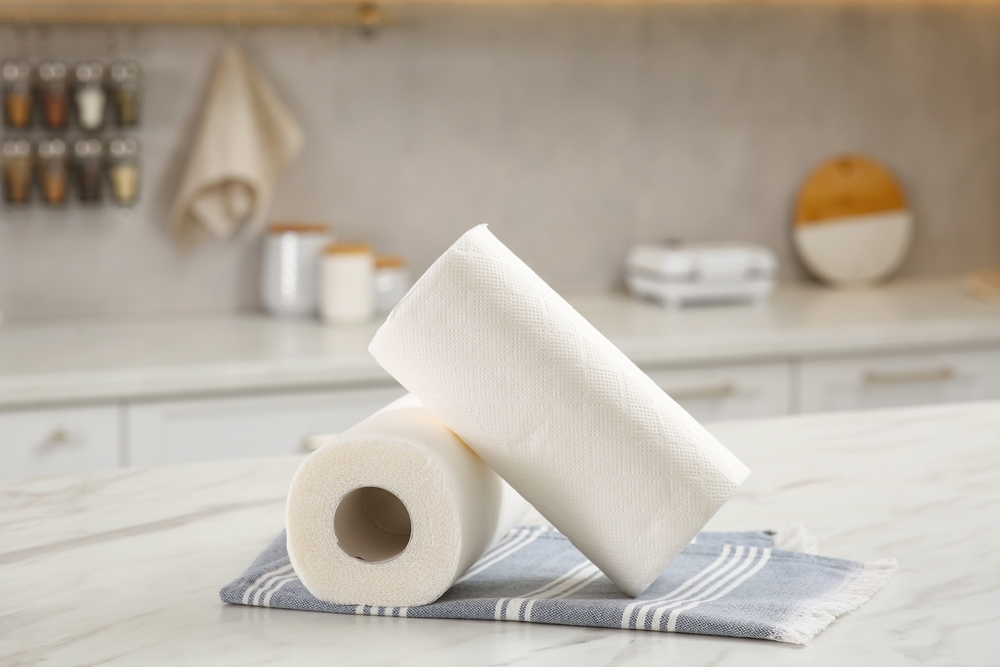
Paper towels are convenient but can add up quickly in cost and waste. Using reusable cloths or microfiber towels is a cost-effective and eco-friendly alternative. These can be washed and reused hundreds of times. They are more durable and effective for cleaning. Switching to reusable options can significantly reduce your household expenses.
This article originally appeared on RetailShout
More From RetailShout
22 Genius Tips for an Organized Pantry

Keeping your pantry organized can feel like a never-ending battle, but with a few creative strategies, it can be a breeze. Imagine opening your pantry door to find everything neatly in place, with a spot for every item and no more frustrating searches for that elusive jar of spices. Read More.
14 Ultimate Food Cities in the United States

When it comes to food, America has some of the most exciting cities that are perfect for any foodie. These cities are not just about delicious dishes but also about unique culinary experiences that you won’t find anywhere else. Read More.
16 Everyday Things Becoming Unaffordable for the Middle Class

Lately, it feels like more and more things are slipping out of reach for the middle class. It’s not just about cutting back on a few luxuries; it’s about major parts of life that used to be manageable. Read More.

